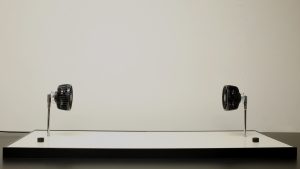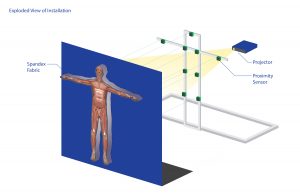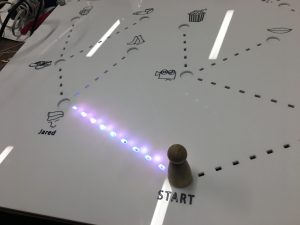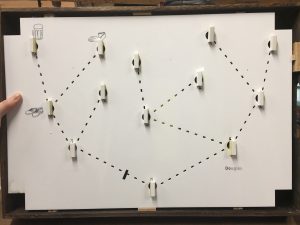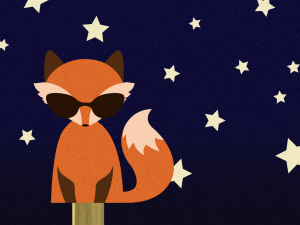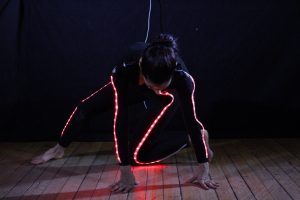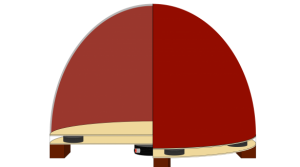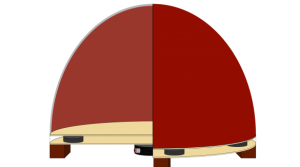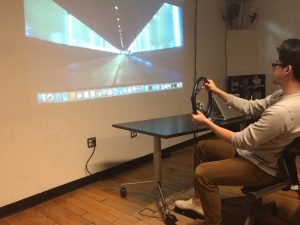Jesal Trivedi
A vibrating meditation platform that gently vibrates as your chant, "OM".
www.aduri.co
Description
Aduri, meanring 'mindful' in Sanskrit, is a vibrating meditation platform is designed to immerse mediators of all experience levels into a state of total and complete relaxation. Incorporating Arduino, p5.js and various sound equipment, it’s aim is to enhance the meditation experience and reduce the learning curve to become a consistent and effective meditator.
As the meditator chants, the platform will smoothly vibrate simultaneously with the meditator, reinforcing the power of the sound they are creating with their voice. The lights within the “capsule” will gradually pulse at the same tempo meditator’s heart rate and provide an ambient lighting effect. The pulse rate will also be mapped out graphically on a computer screen so the user knows what heart rate they started and finished with ability to send themselves an email of their readings. This is to show the power of meditation to their well-being and to push them to being active mediators in their daily lives.
“Mantra is a Sanskrit word for “sound tool,” and Om is one of myriad such mantras. Sanskrit and some other ancient languages such as Tibetan, prototypical Egyptian and ancient Hebrew evolved as complex systems of onomatopoeia, where the sounds evoke movements of energy.” – US News
I have been a practicing meditator for about half a decade and have seen dramatic improvement to my life, mainly in my ability to concentrate, empathize, become self aware and reduce stress (other benefits to meditation). I have had peers who have tried to get into meditation, but failed to make it a habit, mostly due challenges with concentration and environment.
Since a child, ‘Om’ has been part of every mantra we’ve recited during religious ceremonies and celebrations. Half way through my experience with meditation, I’ve begun incorporating it into my personal sessions and have seen dramatic improvements in focus and concentration.
Classes
Introduction to Computational Media ITPG-GT.2233.002, Introduction to Physical Computing ITPG-GT.2301.003

